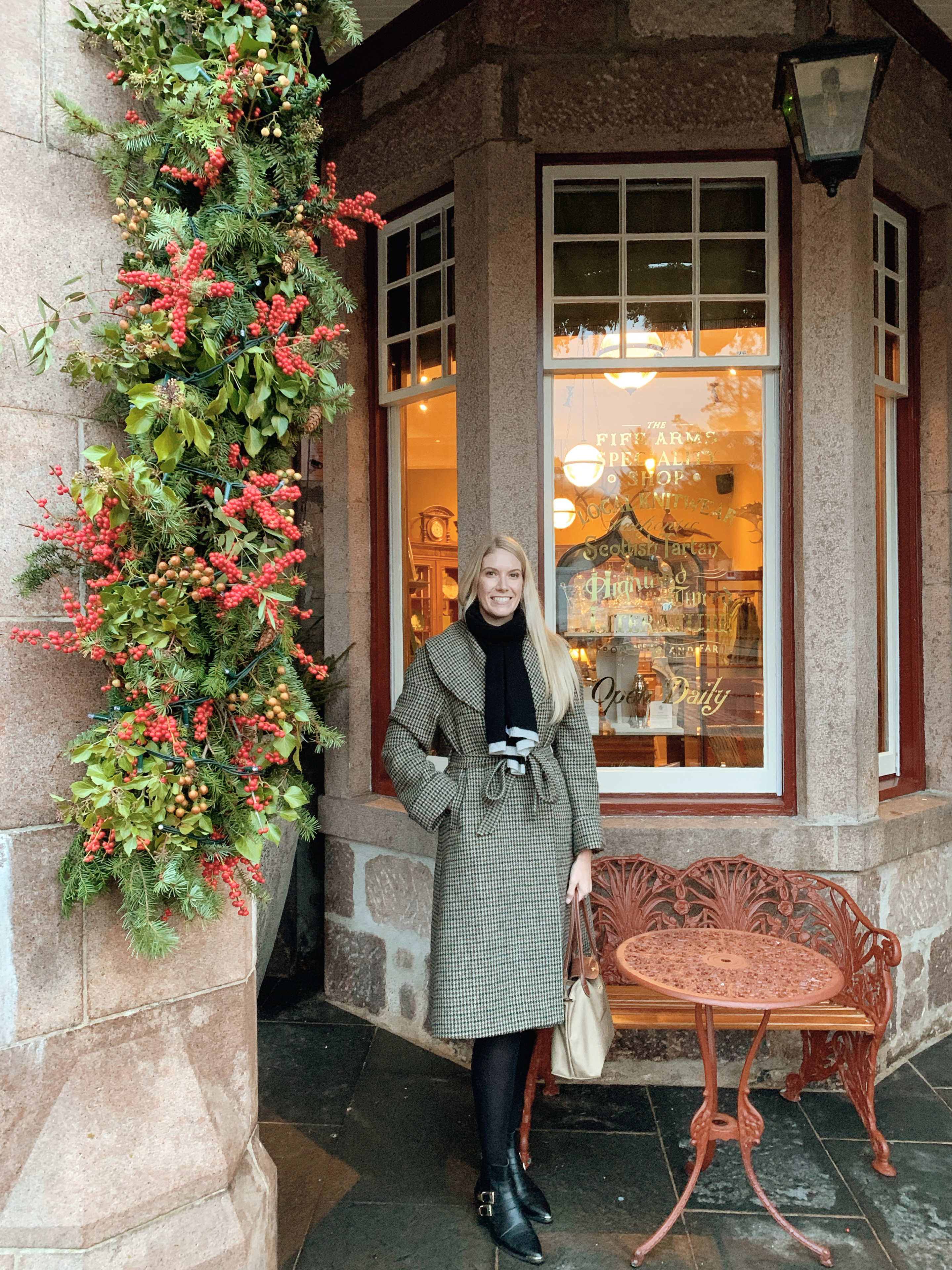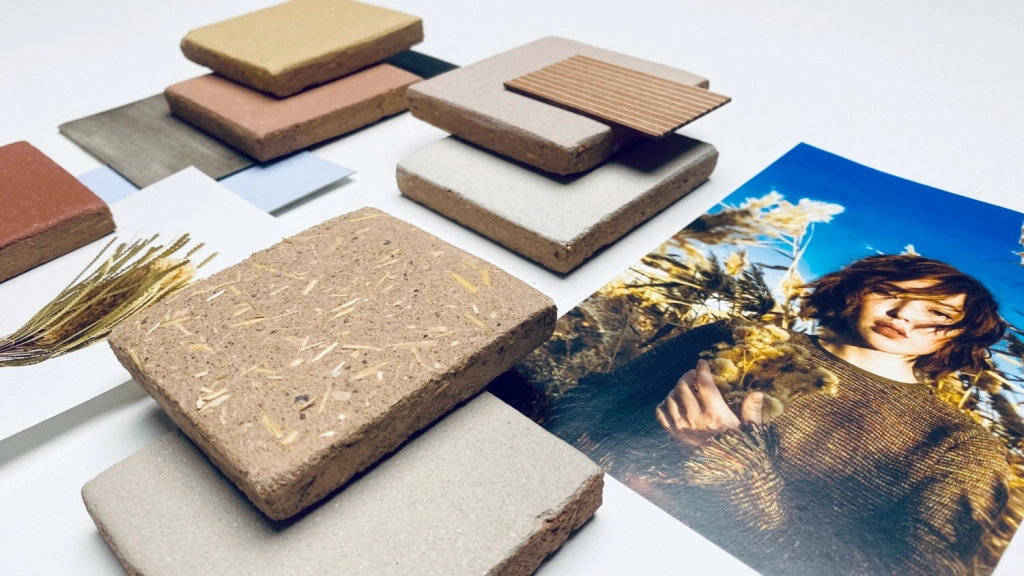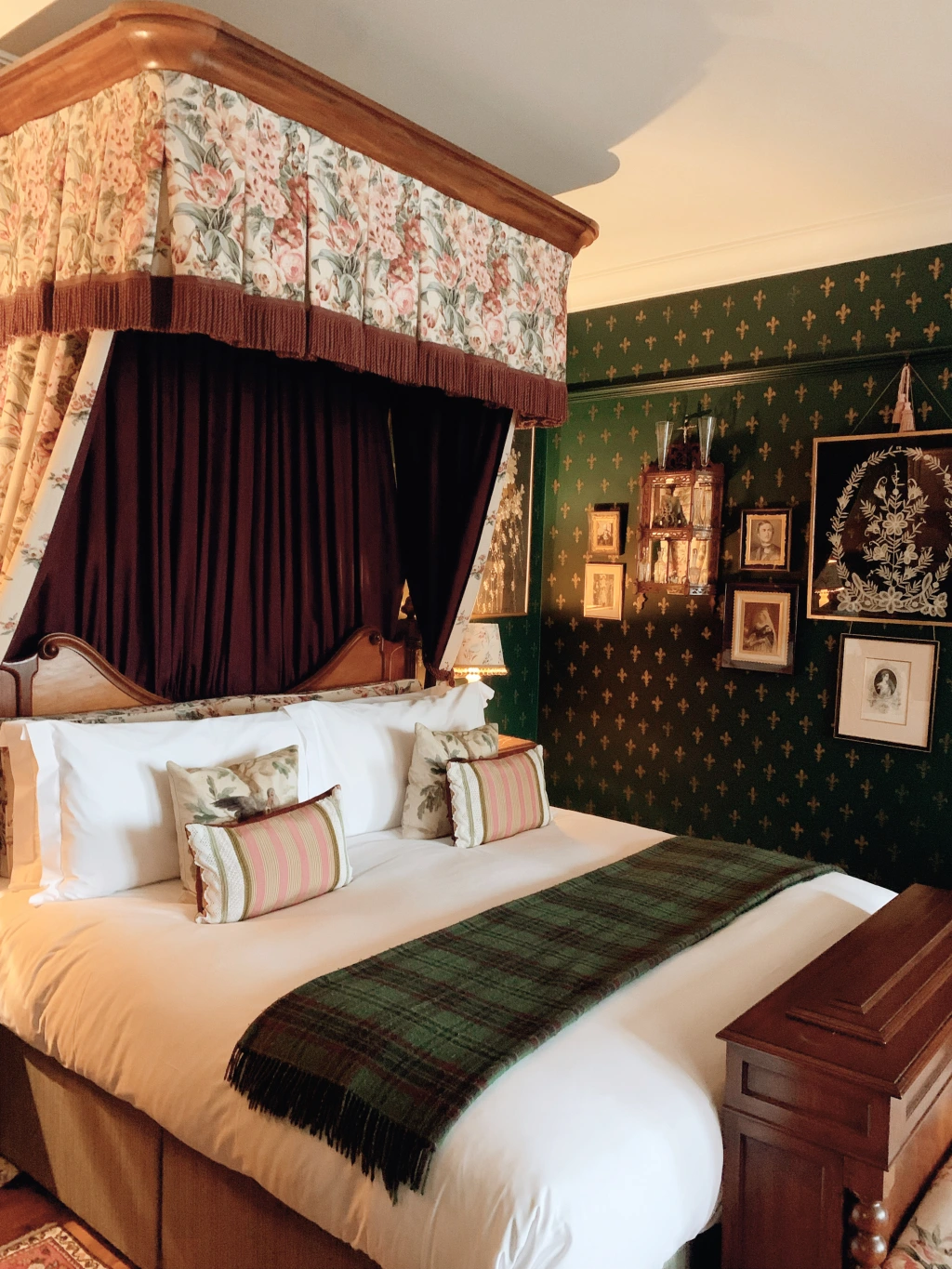Modernism stems from the beginning of the 20thcentury and an innovative belief that art and design could progress and inspire lives within civilization. During a time period with ever-changing and advancing technology, materials and philosophies, modernism was seen as a principled and idealistic mentality emerging within art, architecture and design. A denunciation of traditional ethics and morals, instead embracing new, imaginative and ingenious notions. Arising in European design, particularly in architecture, which demonstrated a freedom in purity of form and material, whilst interior décor was minimal and sleek with an emphasis on ‘the look’ as well as ‘the function’.

This year marks the 100th anniversary of Bauhaus, a revolutionary school of art, founded by German architect Walter Gropius, that radically altered the concept of modern art and the manner in which society was exposed to design. Democratic art and a vision for the future, Bauhaus denoted a feeling and sentiment following the war. A new start and idealistic idea, with many of the artists eventually migrating to America and influencing the design industry in the US.

Gropius linked the existing art schools (School of Applied Art and Academy of Fine Arts) creating a community and equality between fine art, craft, decorative art and architecture within the design industry. Many notable artists and designers surfaced during this period including Paul Klee, Josef Albers and Wassily Kandinsky.

The Gropius house embodies the flair of this movement with basic qualities of mid-century modern structures, such as a flat roof and an open plan interior. Supplies managed were a mixture of traditional (wood, brick) and newly discovered technologies (welded steel, chrome and glass blocks). There was an efficiency to the architectural design, for example all the bathrooms were placed in the northwest corner of the building, thus ensuring the same plumbing was utilised.

Piet Mondrian was a vital figure in post-moderinism, as well as one of the founders of the Dutch De Stijl art movement, in which inspiration was taken from Cubism and developed into a more simplistic form of conceptual art. Mondrian coined the movement ‘neo-plastisicm’ which focused on unpretentious and abstract art, the use of mainly three primary colours (red, blue, yellow) with a grid like use of vertical and horizontal lines. Mondrian was of the belief that within a post war world, art could boost an assortment of fresh ideas that would advance humanity and day to day life.

Optimistic, bold colours, abstract art and simplistic lines were fundamental attributes of the Bauhaus design movement, and along with De Stijl, have become widely known to epitomise minimalism and purity of design materials. An idealistic vision by Gropius that still dominates and influences the design industry today as 2019 marks the centennial of the Bauhaus school.













Leave a comment